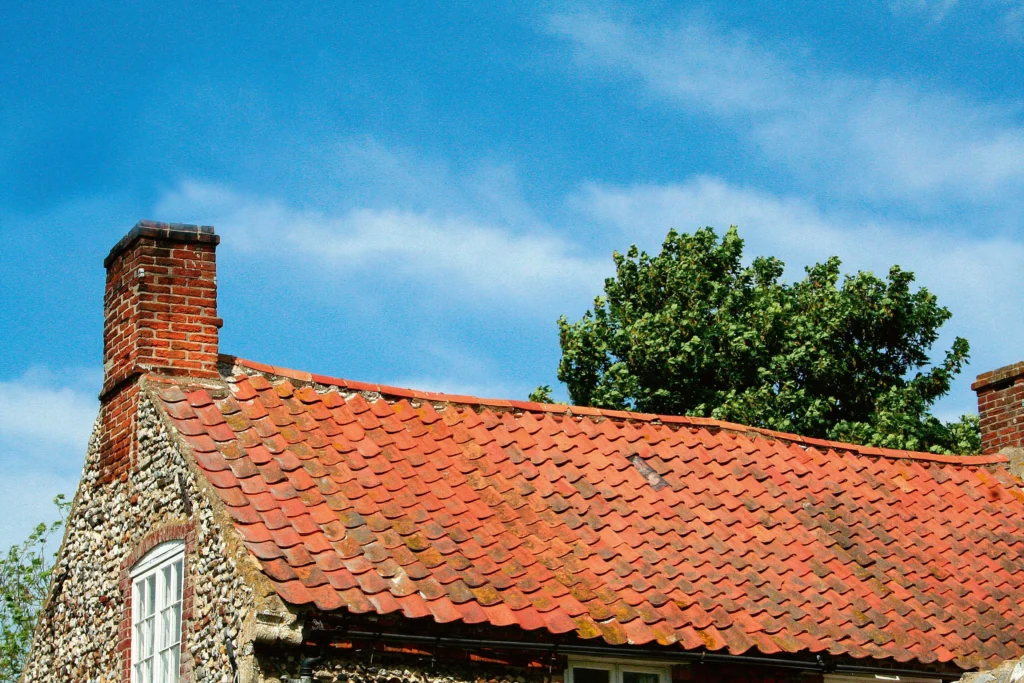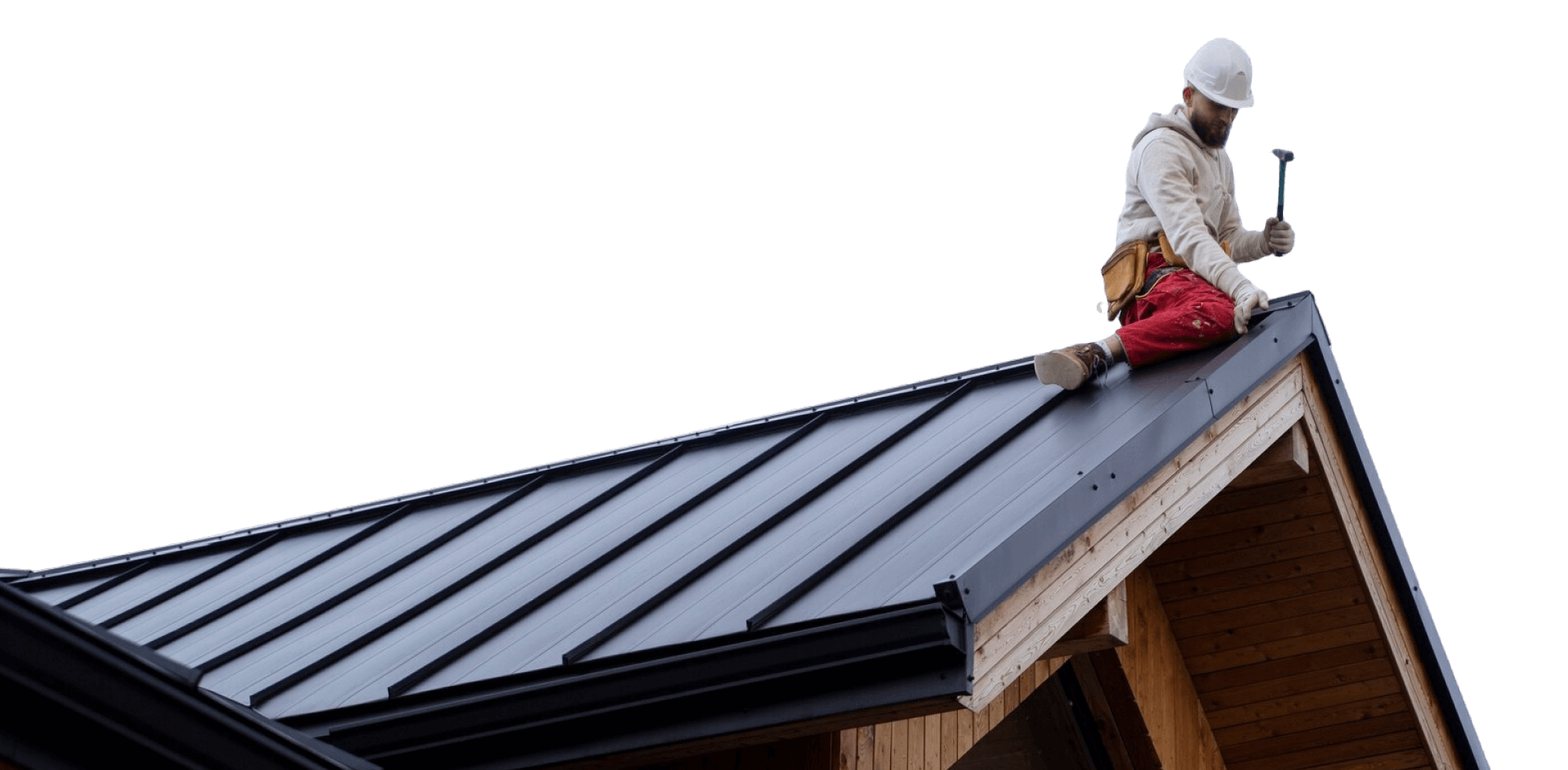Will Home Insurance Cover a 15-Year-Old Roof? What You Need to Know Before Filing a Claim
Will insurance cover a 15-year-old roof? It’s one of the most common questions Canadian homeowners ask as their roofs show signs of age. The roof is your home’s first defense against extreme weather—snowstorms in Ontario, hail in Alberta, and the freezing rain of Quebec. But like all things, roofs age. And when they’re pushing 15 years or more, many homeowners start to worry: Will my home insurance help me out if something goes wrong?
Unfortunately, the answer isn’t a simple yes or no. Insurance companies consider several factors before determining if they’ll pay to repair or replace an older roof. These include the cause of the damage, the type of policy you have, the condition of the roof, and your location. In this guide, we’ll walk you through everything you need to know—from how home insurance works for older roofs to the smart steps to take before filing a claim.
Understanding Your Home Insurance Roof Coverage

Home insurance in Canada generally includes coverage for damage caused by specific “insured perils.” These are unexpected events that you can’t easily prevent. Here’s what’s usually included:
- Windstorms
- Hail
- Fire
- Lightning
- Falling trees or debris
- Vandalism
If your 15-year-old roof is damaged by a windstorm or falling tree, for example, you may be eligible for coverage depending on the specifics of your policy.
However, insurance does not cover normal wear and tear or damage from neglect. So if your shingles are curling, your flashing is loose, or there’s a slow leak that’s been getting worse over time, your insurer will likely deny your claim. That’s because insurance is meant to cover sudden, accidental damage, not problems that result from age or poor upkeep.
Most policies also require that the damage occurred during the time the home was insured and that the event causing the damage is covered. So, if a 15-year-old roof develops a leak due to years of gradual deterioration, it may not qualify.
The Age Factor: Replacement Cost vs. Actual Cash Value
When your roof was new, your insurance policy probably offered Replacement Cost Value (RCV) coverage. This means if your roof was damaged, your insurer would pay to replace it with a similar new roof, no depreciation considered.
But as roofs age, many insurance companies switch to Actual Cash Value (ACV) coverage. This type of coverage factors in depreciation. So, if your 15-year-old roof originally cost $12,000, but due to age is now worth only $3,000, you’d only receive $3,000 (minus any deductible).
Here’s the breakdown:
- RCV (Replacement Cost Value): Full cost of replacement with no depreciation.
- ACV (Actual Cash Value): Depreciated value of the roof based on its age and condition.
Depreciation can drastically reduce your payout, especially if your roof is past its prime. This means you’ll likely pay thousands out of pocket unless you have extra coverage or an endorsement that restores full replacement coverage.
Insurers typically assess roof age based on:
- The date of the last replacement
- Type of roofing material (asphalt shingles, metal, tile, etc.)
- Maintenance records and condition at the time of inspection
Types of Roof Damage Usually Covered
Understanding what kind of damage is covered helps avoid surprises when it’s time to file a claim. Damage to a 15-year-old roof may still be covered if it’s caused by:
- High winds or storms: Shingles blown off during a windstorm.
- Hail: Dents, cracks, or punctures in roofing materials.
- Fire: Whether caused by lightning or another source.
- Falling objects: Tree limbs or debris damaging the structure.
But damage resulting from:
- Age-related deterioration
- Improper installation
- Lack of maintenance
- Ongoing leaks or water damage from neglected repairs
…will almost certainly be denied.
To give yourself the best chance of coverage, it’s important to differentiate between sudden accidental damage and gradual deterioration.
Factors Influencing Coverage for a 15-Year-Old Roof
When determining if your older roof is covered, insurers consider a variety of factors:
Roof Condition and Maintenance
A roof in good condition, even if it’s older, is more likely to be covered. If you can prove regular maintenance, such as gutter cleaning, shingle replacement, and annual inspections, your chances of receiving a favorable payout increase.
Some insurers may even conduct inspections before policy renewals to ensure the roof is in decent shape. If they find issues, they might require repairs before renewing coverage or exclude roof damage altogether.
Policy Type and Endorsements
Each policy is different. Some standard policies automatically switch to ACV for roofs past a certain age, while others offer endorsements (optional add-ons) that maintain replacement cost coverage.
Review your policy to look for wording like:
- “Depreciation applies to roofs over 15 years old.”
- “RCV coverage available for an additional premium.”
- “Roof surface limitations.”
Geographic Location and Risks
Where you live in Canada can also impact coverage. In provinces with high storm or hail activity (like Alberta), insurers might impose stricter limits on roof coverage or charge higher premiums.
They might also require higher deductibles for roof claims or mandate the use of specific materials that are more weather-resistant.
Steps to Take Before and When Filing a Claim
Pre-Claim Preparation
To avoid surprises, take these proactive steps:
- Schedule annual inspections with a trusted roofing company like Proper Roofing.
- Keep a file of photos, maintenance logs, and repair receipts.
- Understand your home insurance policy—know your deductibles, coverage limits, and depreciation rules.
After Damage Occurs
If your roof is damaged:
- Document everything—take detailed photos and videos right away.
- Call your insurance provider as soon as possible to report the claim.
- Get a professional inspection from a licensed roofer. A written report from Proper Roofing can help support your claim by verifying the cause and extent of the damage.
- Avoid temporary repairs until the damage is assessed unless they’re necessary to prevent further loss (like tarping a hole).
What to Do If Your Claim Is Denied?

Sometimes, even the best-prepared homeowners face a denied claim. Don’t give up:
- Ask for a written explanation outlining why your claim was denied.
- Request a second opinion from a licensed roofer or contractor—many denials result from misdiagnosed damage.
- File a complaint with your provincial insurance regulator (e.g., FSRA in Ontario).
- Hire a public adjuster to negotiate with your insurer or consider legal support if you believe the denial was unfair.
Final Thoughts
So, will your home insurance cover a 15-year-old roof in Canada? It depends. If the damage is sudden, caused by a covered peril, and the roof is well-maintained, there’s a good chance your policy will offer some help, though you might be dealing with a reduced payout due to depreciation.
The best defense is preparation. Stay on top of maintenance, understand your policy, and know what steps to take before filing a claim.
Need a professional eye on your roof? Proper Roofing offers expert inspections, honest assessments, and high-quality repairs throughout Canada. Whether you need a quick check-up or help navigating an insurance claim, our Coquitlam Roofing experts have you covered.
- Call today for a free consultation
- Get expert advice before you file a claim
- Spot problems before they become expensive repairs
- Talk to a real roofer, not a sales script
- Protect your biggest investment—your home
Check out our social media pages below:
Check out some of our blogs to help with your Roofing needs:
How Much to Replace Roof on House


